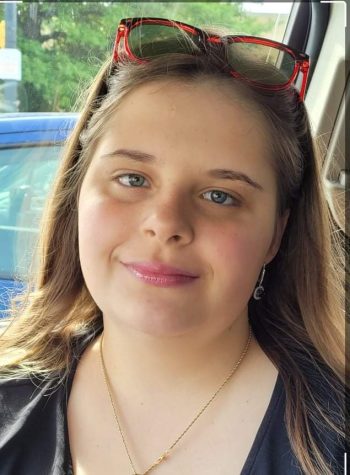How Covid Affected Public Schooling
March 8, 2022
Public schooling took a hit with the advent of COVID-19. Students, parents, and teachers weren’t prepared to deal with a virus that popped up from nowhere.
On January 20, 2020 the CDC confirmed the first U.S. laboratory-confirmed case of COVID-19, and by the end of March the U.S. locked down. Schools limped along through April and May, then West Virginia, like many other states, went to a hybrid remote schedule the following September. Remote learning was a completely new set of circumstances. Nothing like this had ever happened, so we didn’t have any practice.
According to the Economic Policy Institute, an independent, nonprofit think tank, because of remote learning, children’s mental health and education slowly began to decline during the pandemic. Not only did children lack daily access to in-person learning, but also lost out on group activities, team sports, and recreational options. This caused many young people to slow their communication and interaction with each other. Further, teachers, counselors, service personnel, and administrators all struggled to provide safety net support services traditionally provided by public education such as special education, counseling, and nutrition.
Another issue was that teachers didn’t have any experience teaching during a pandemic. Because teachers lacked the structures to sustain effective teaching and learning during the shutdown, and were not trained how to compensate, that meant students were not able to learn the material they needed to complete the work correctly. According to GEHS sophomore Keira Smith, “Remote learning did not work well because we didn’t have the actual lesson taught to us. At times I didn’t even have internet access, so half the time I couldn’t even do the work.”
These are just a few of the many factors that made remote learning a fail. Do you agree? Have a different take? Be sure to comment below.





